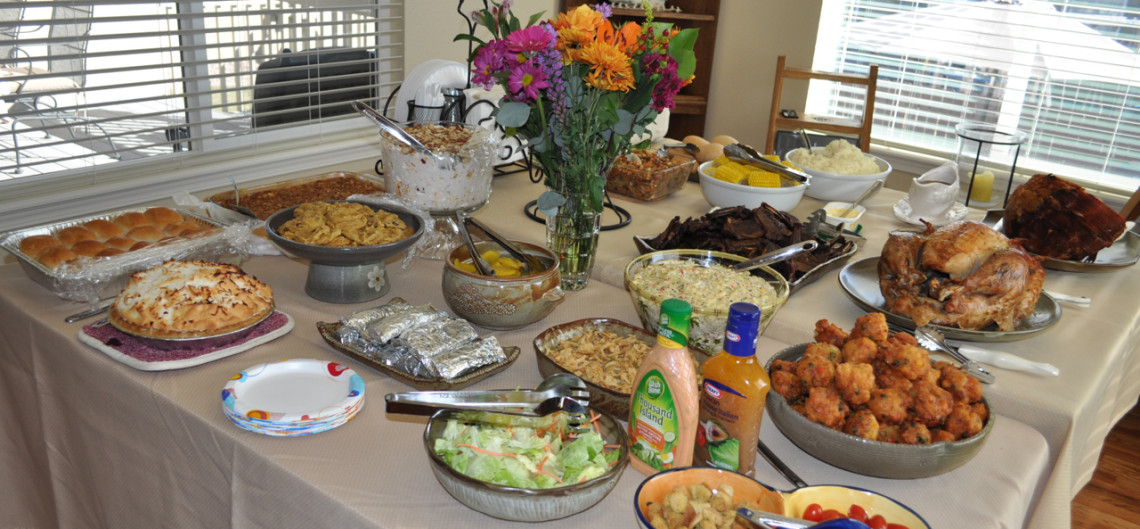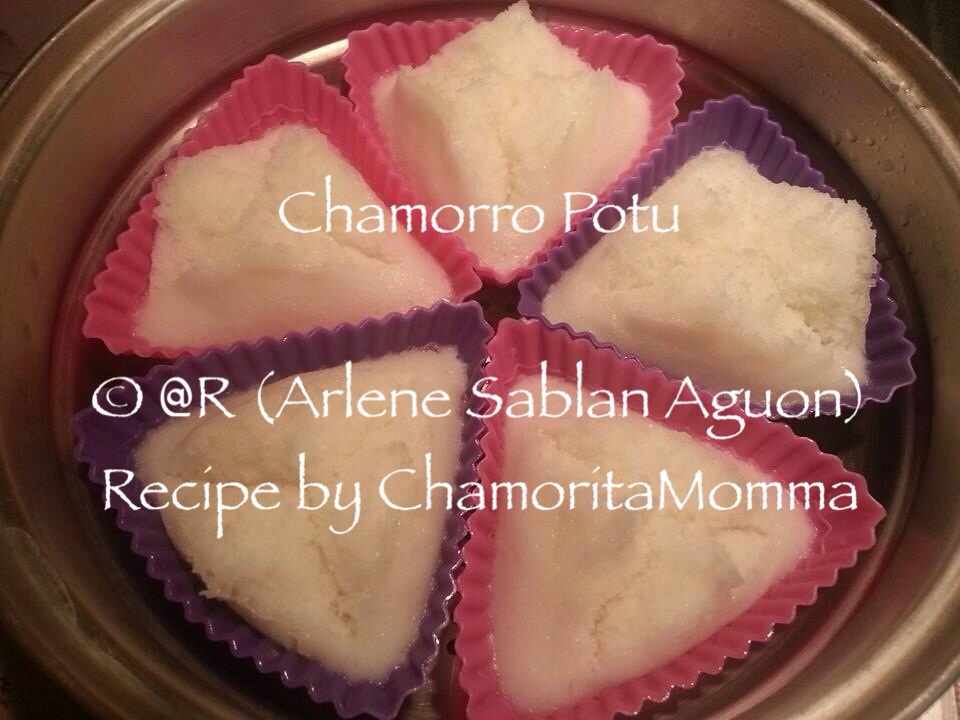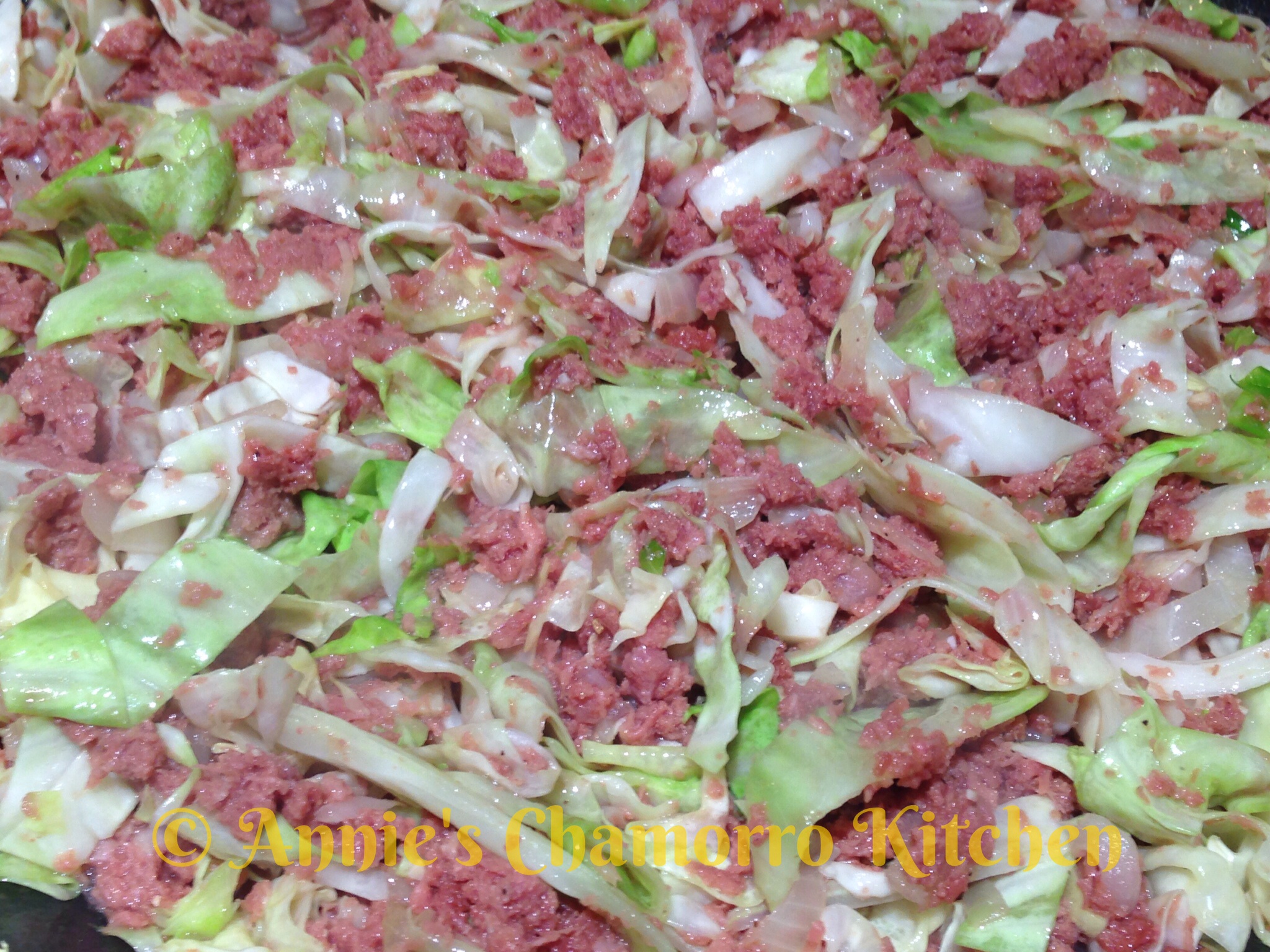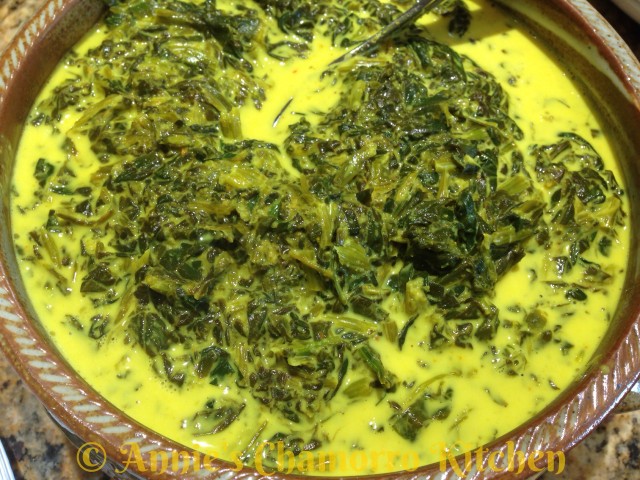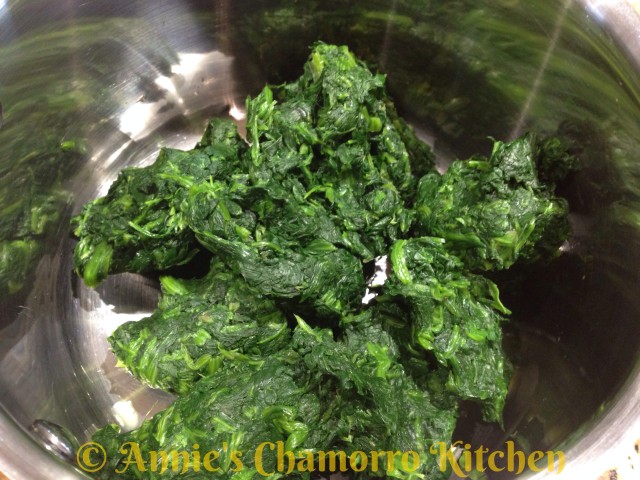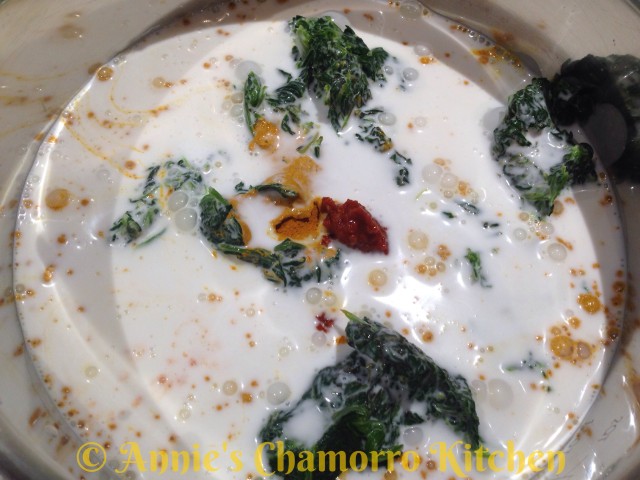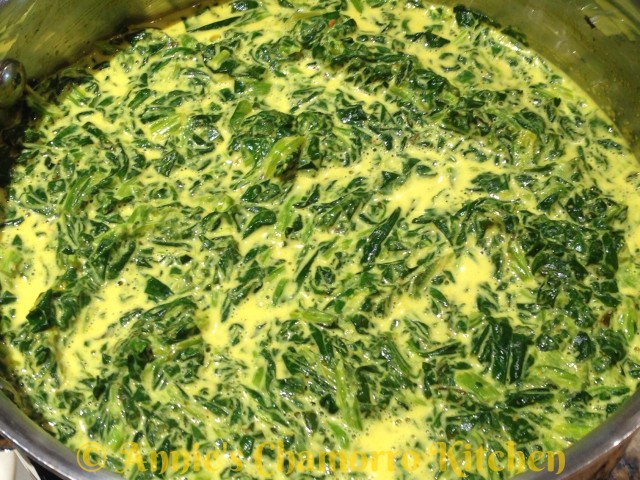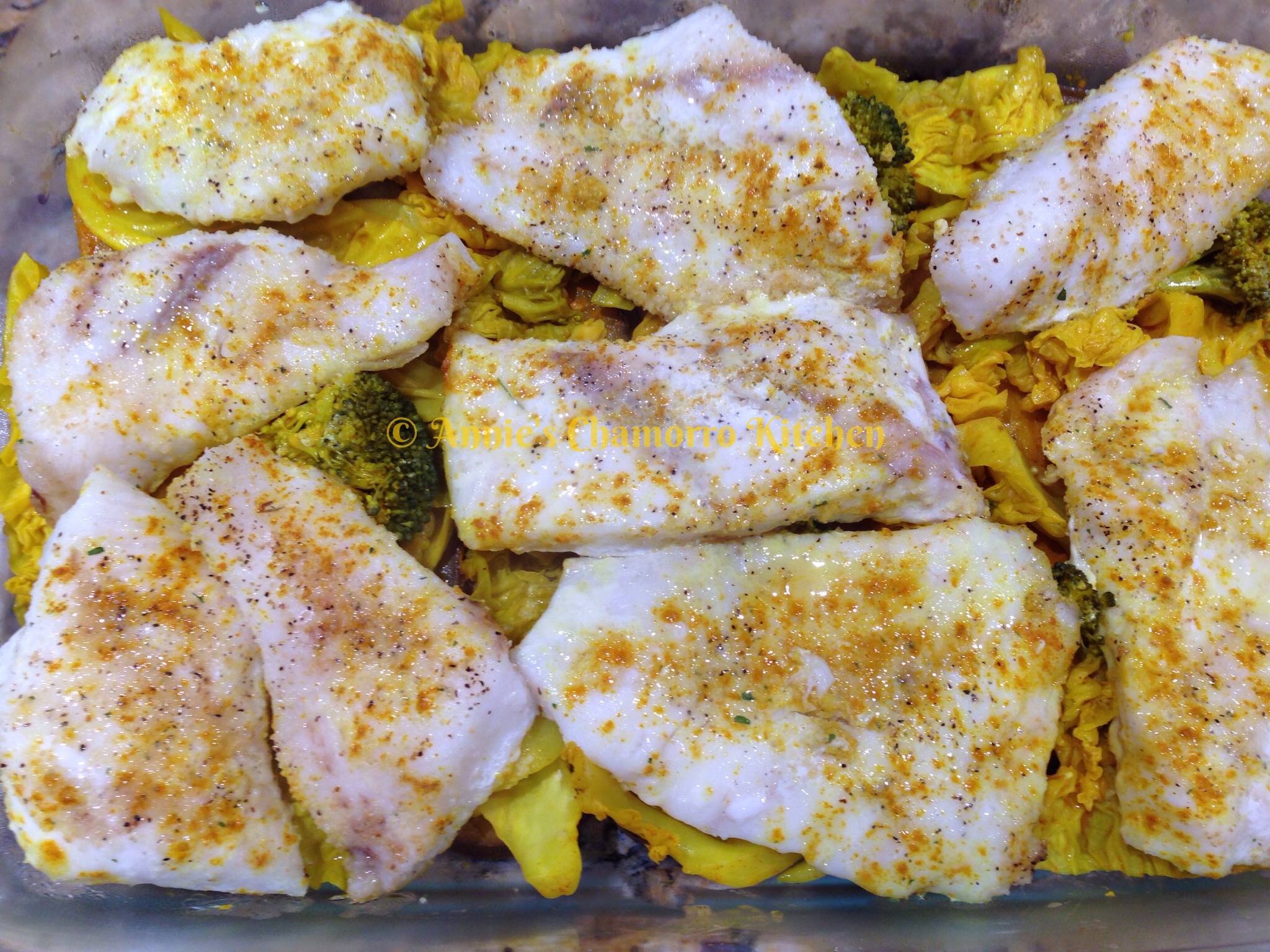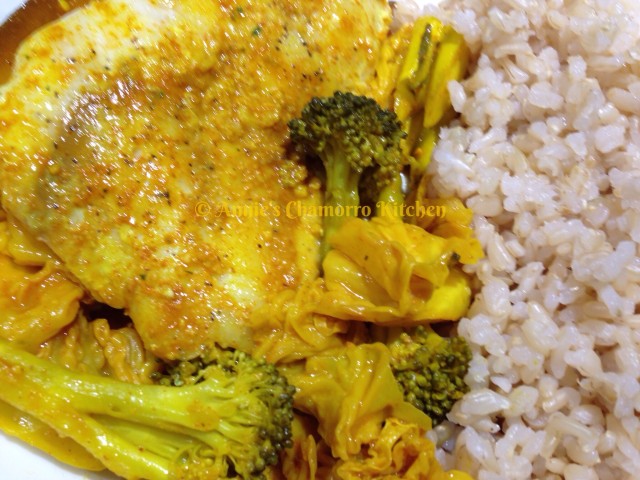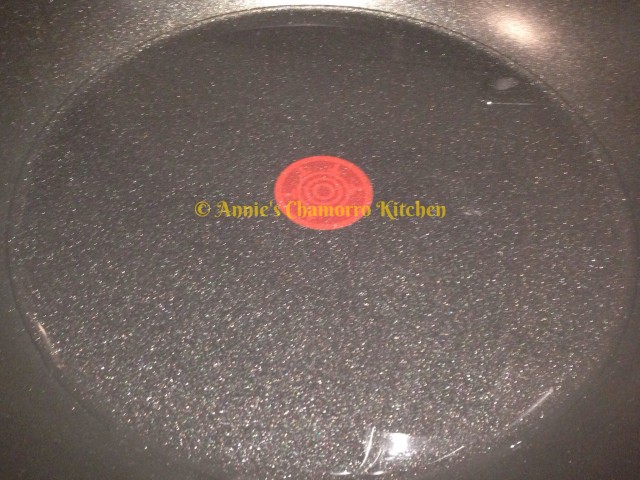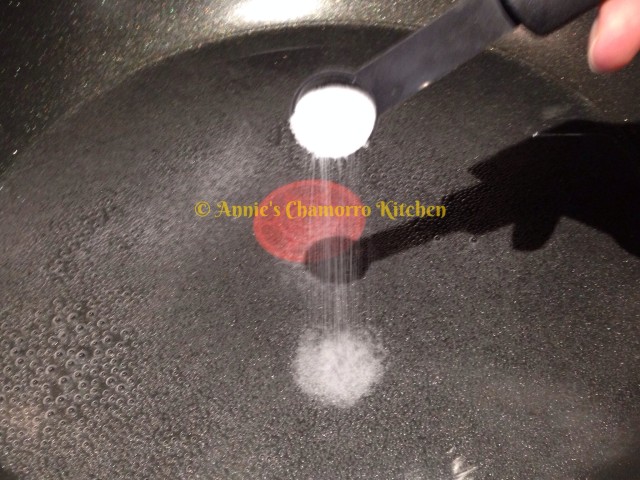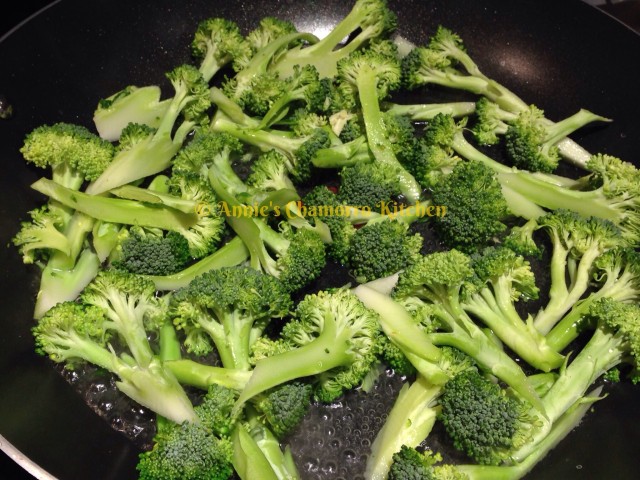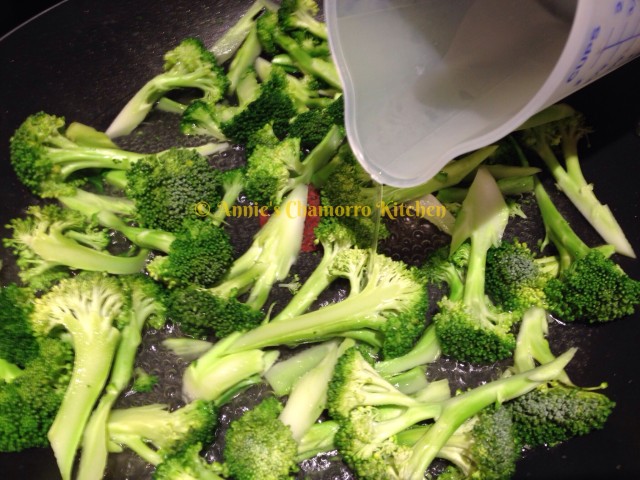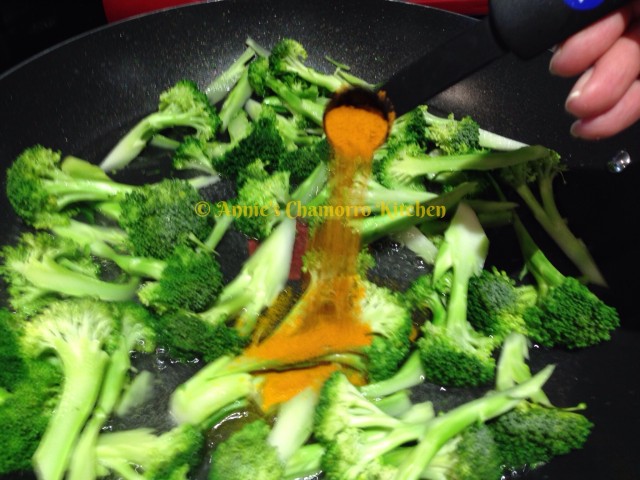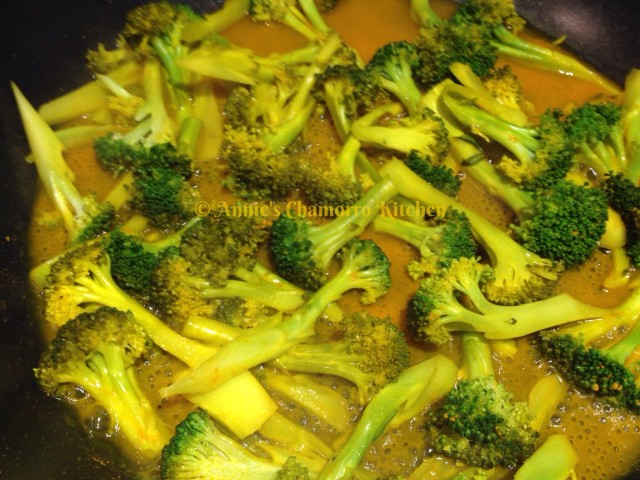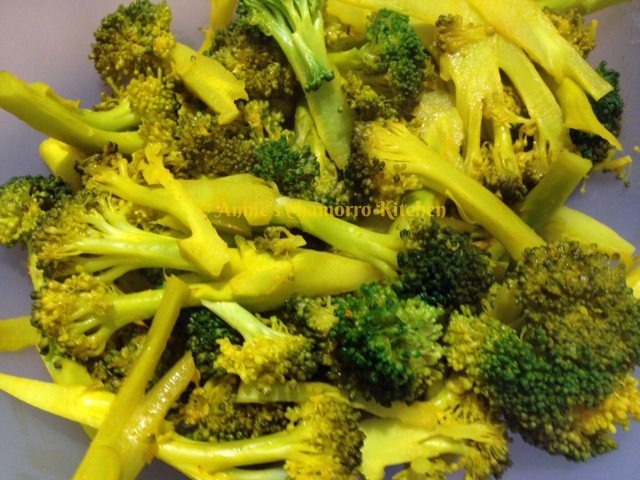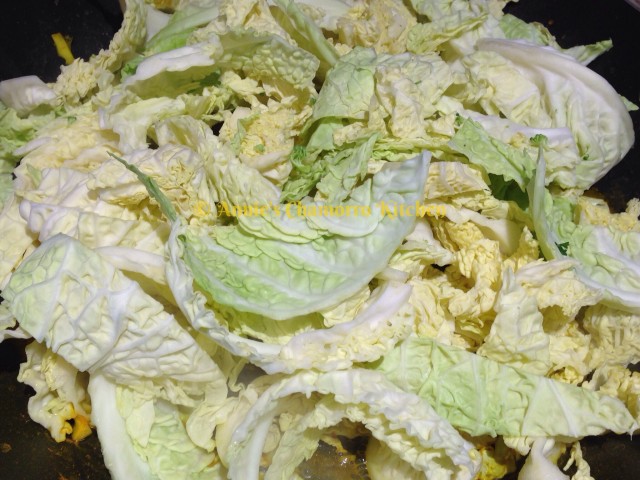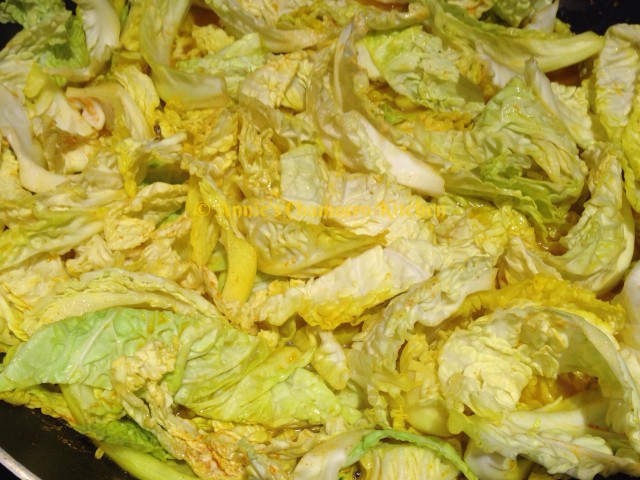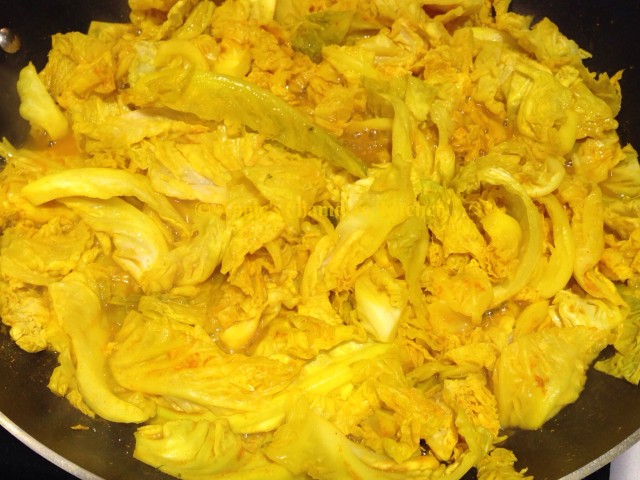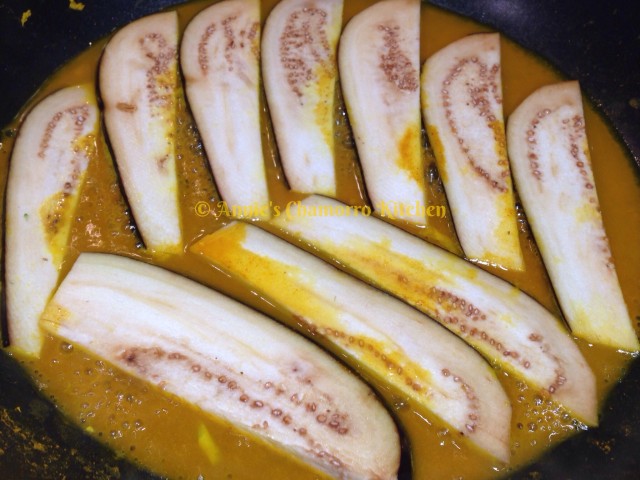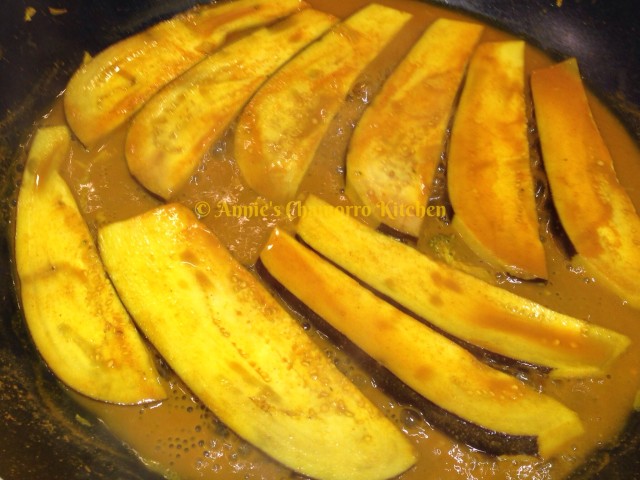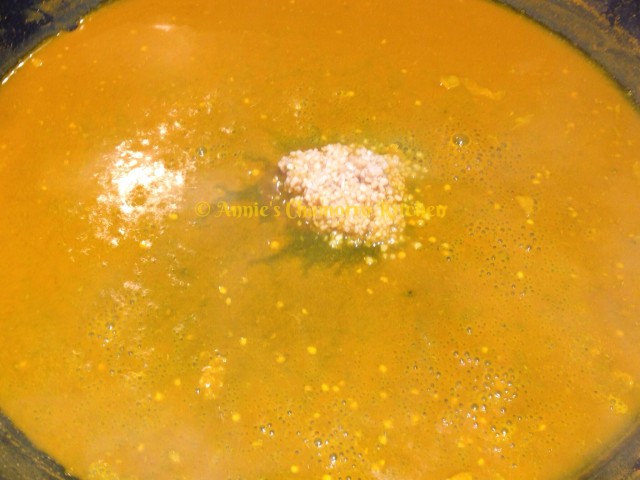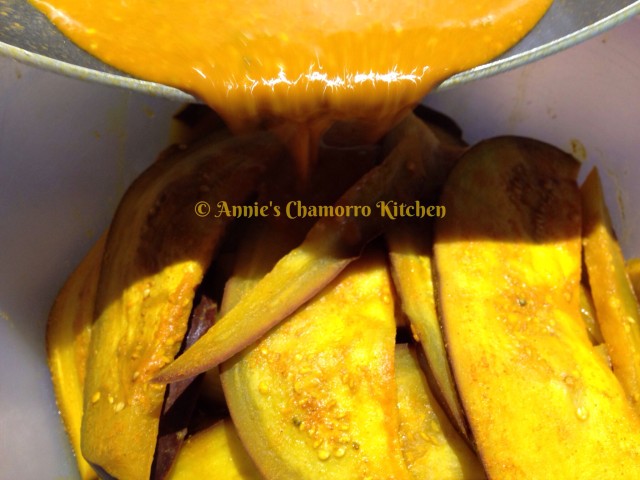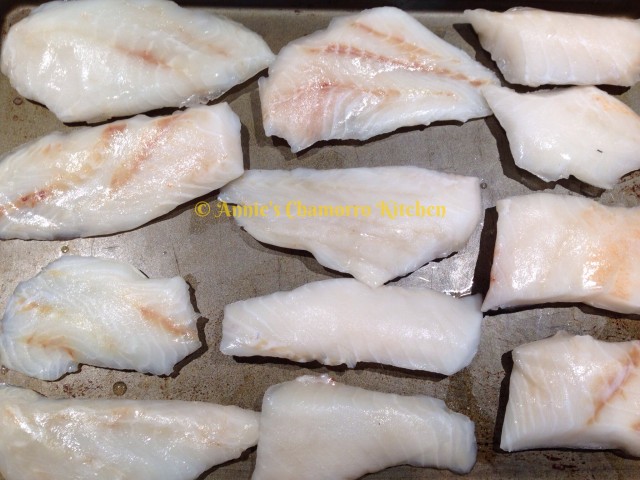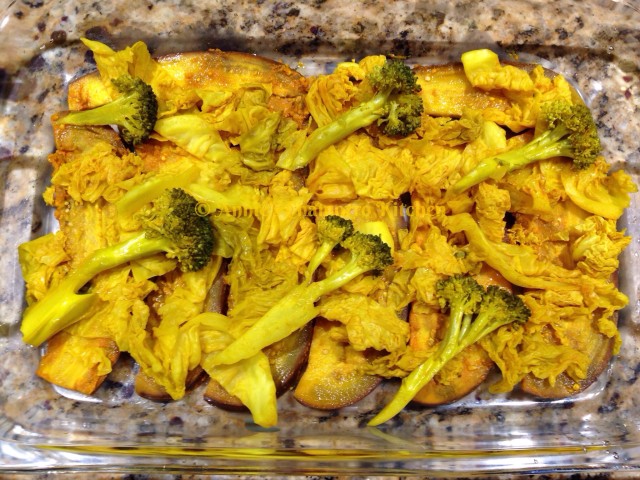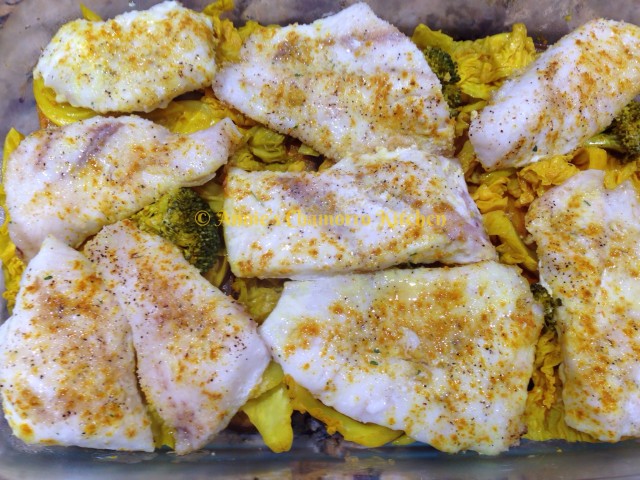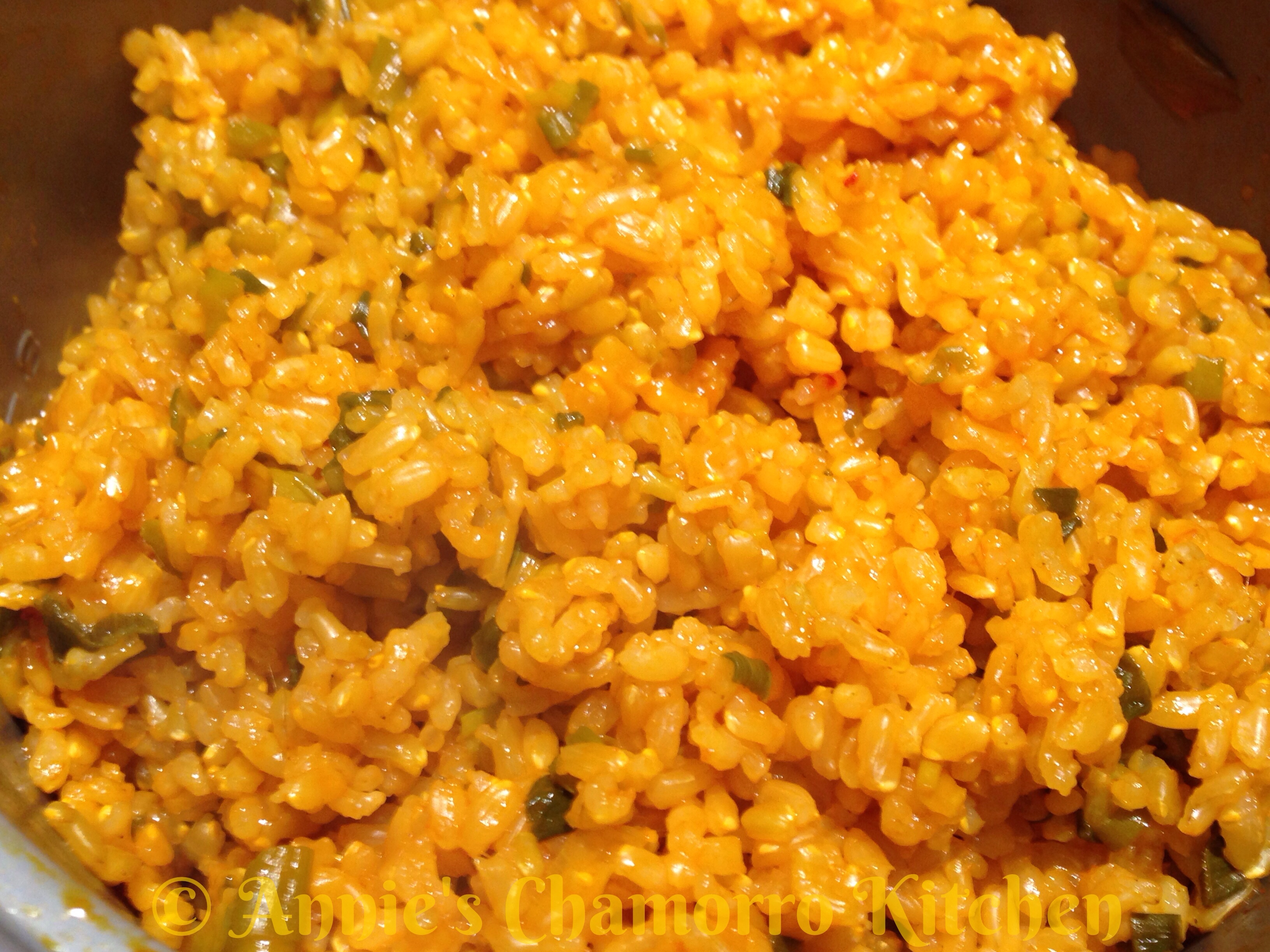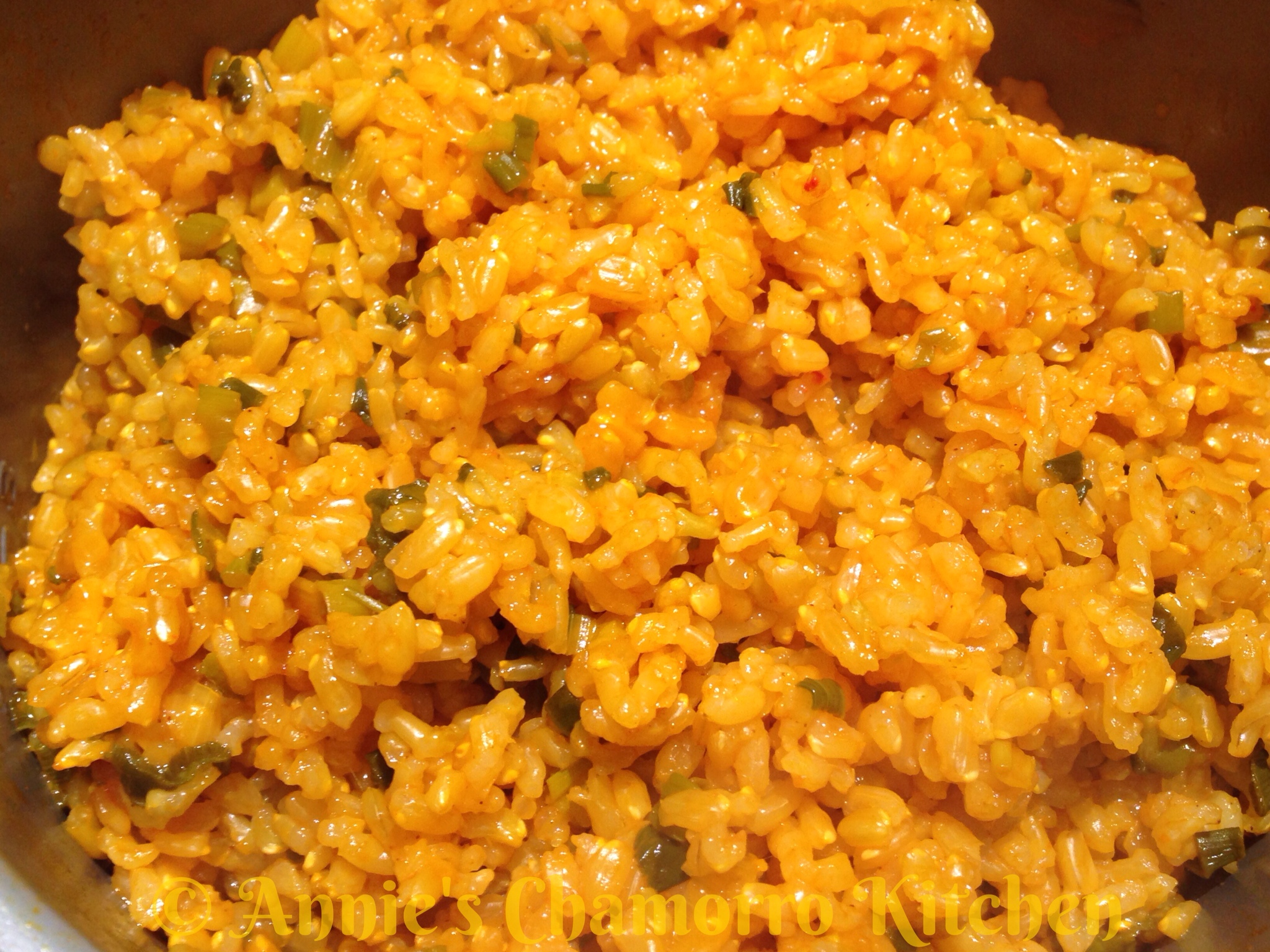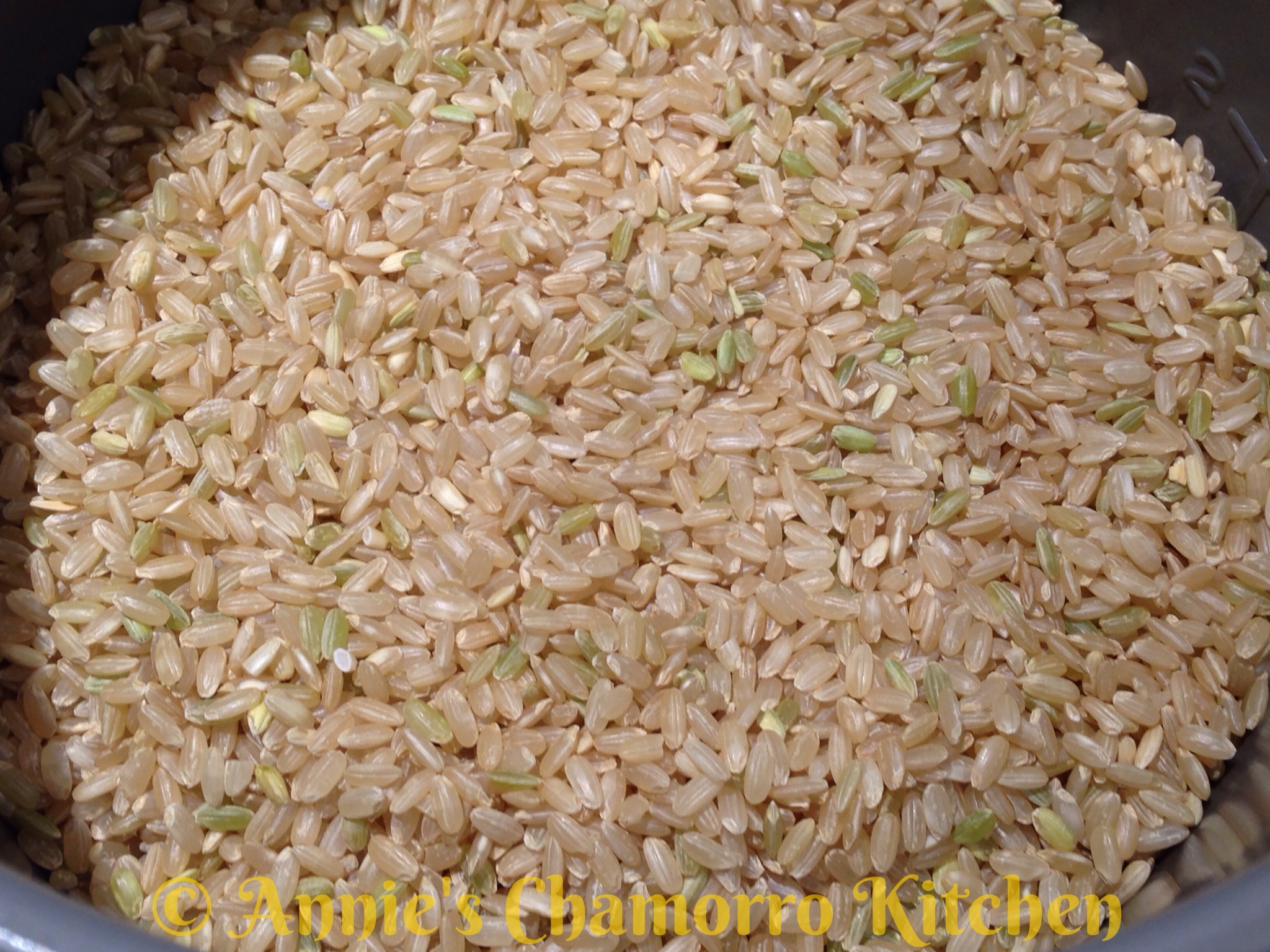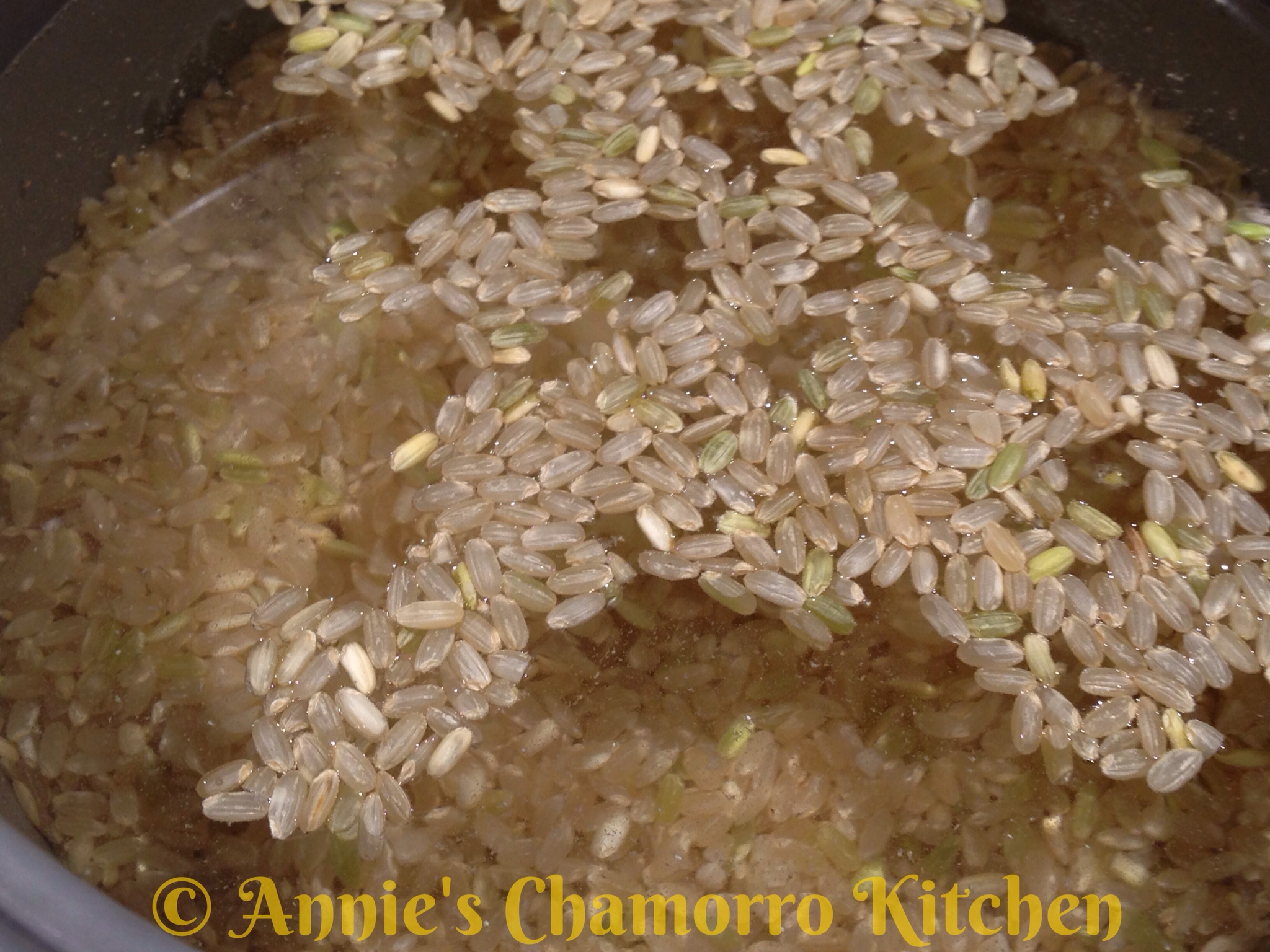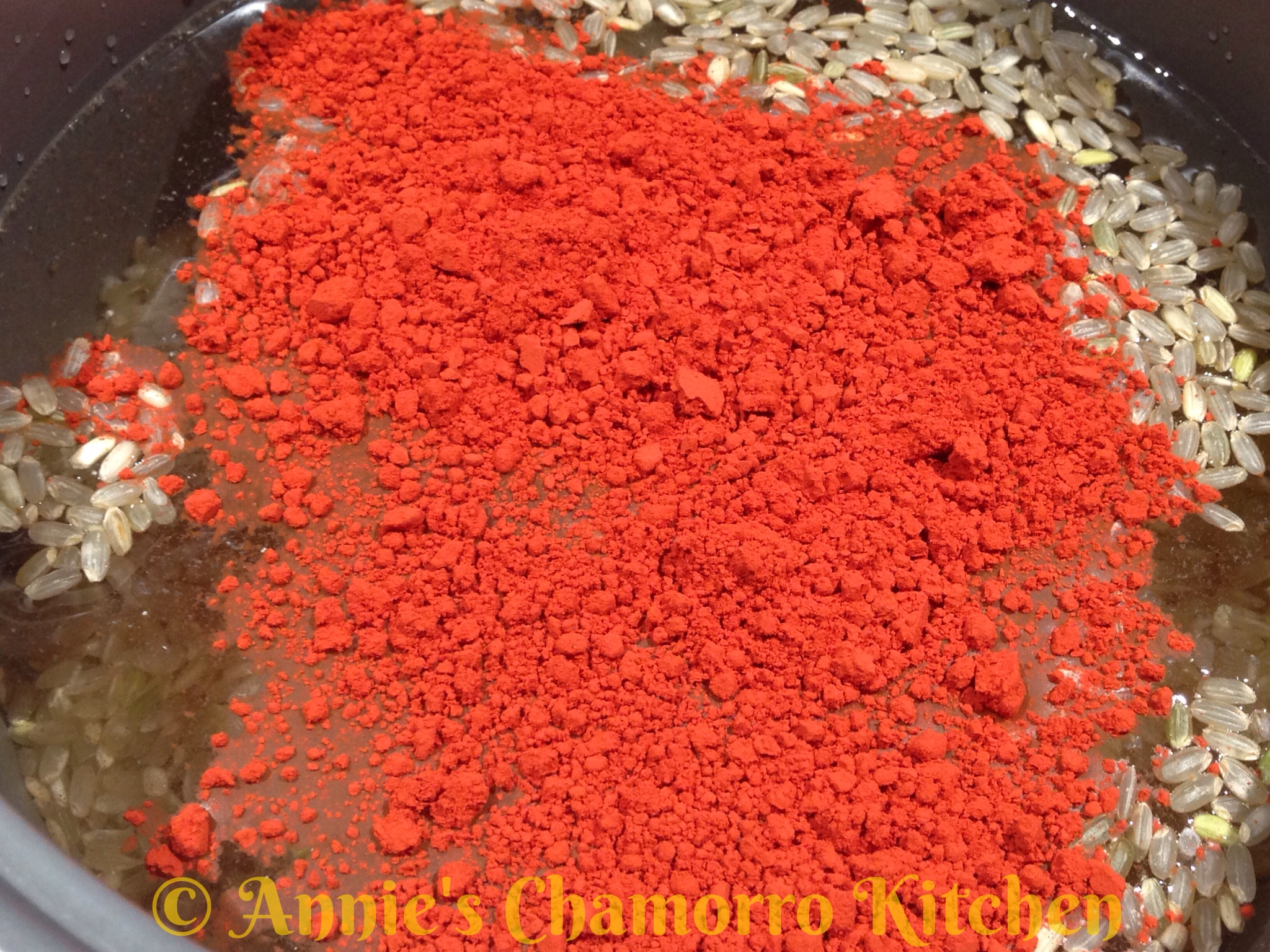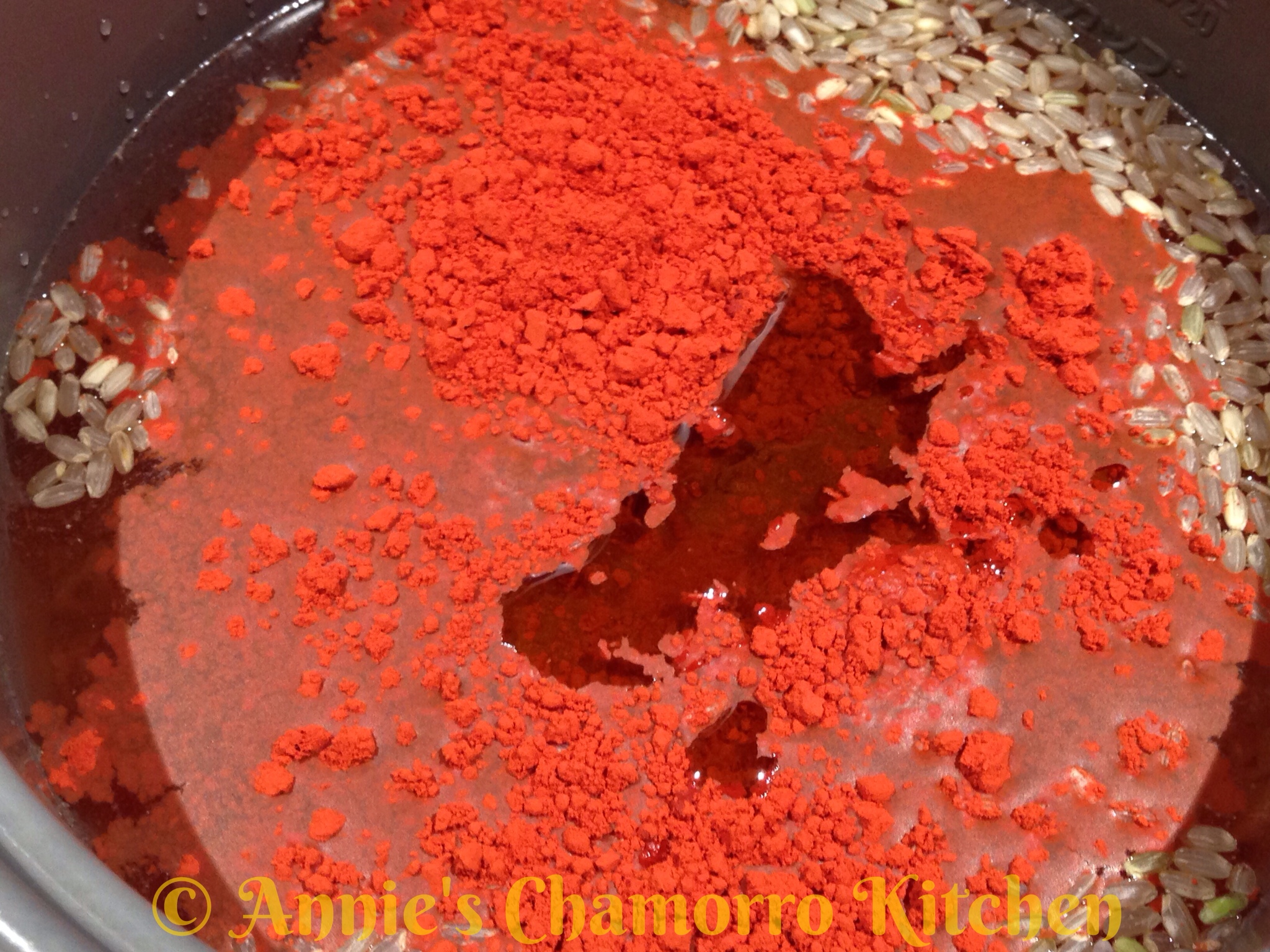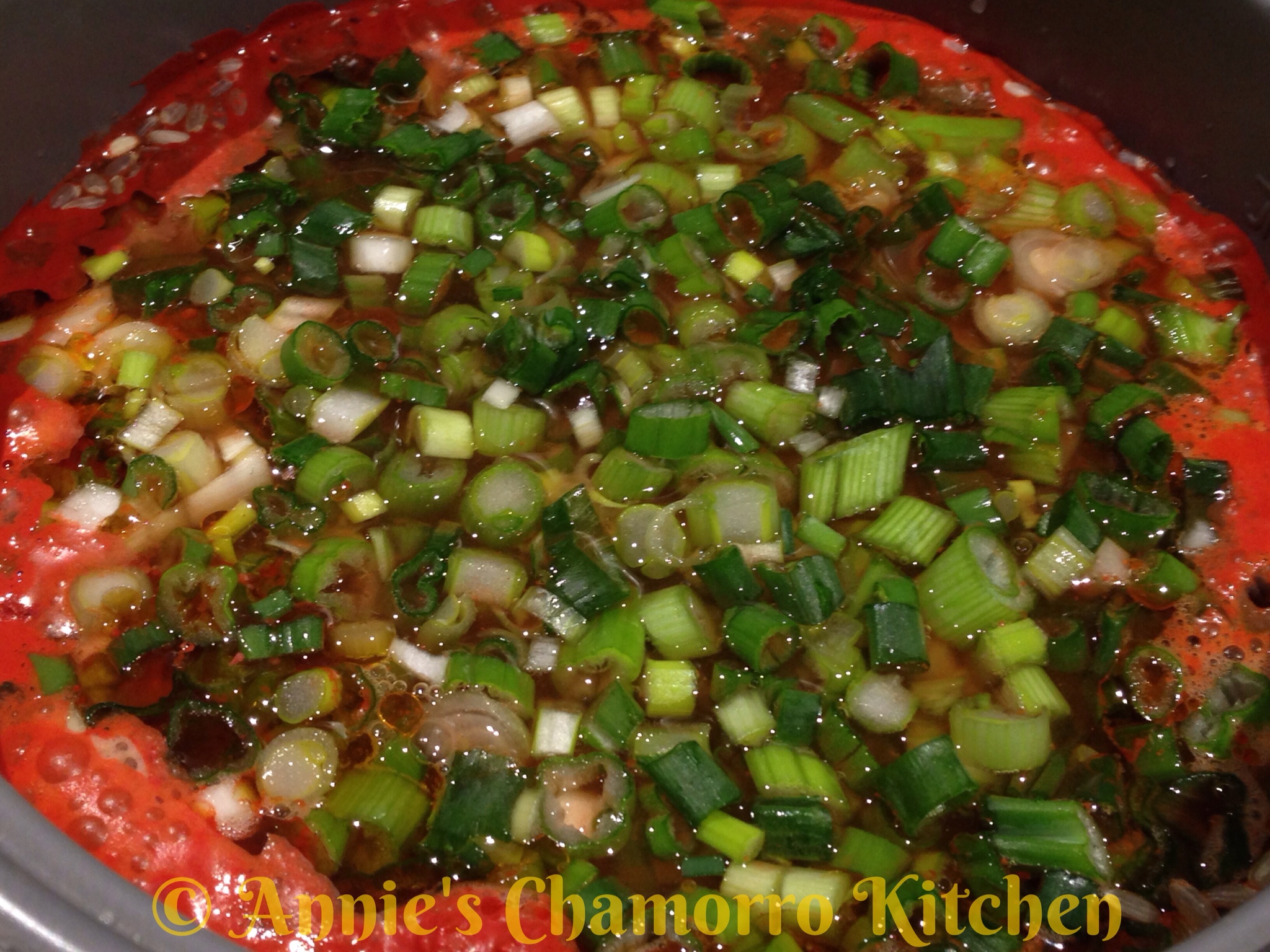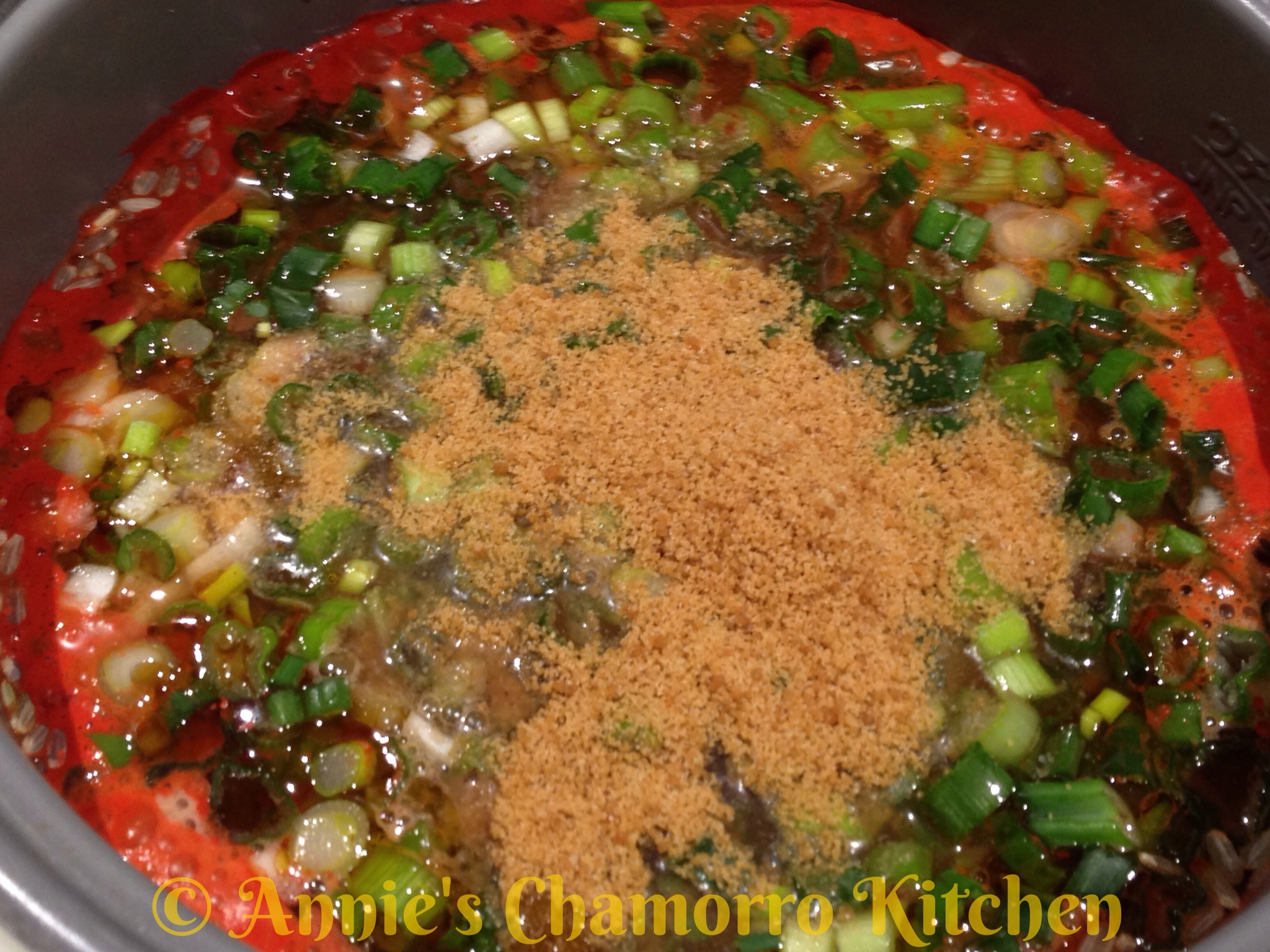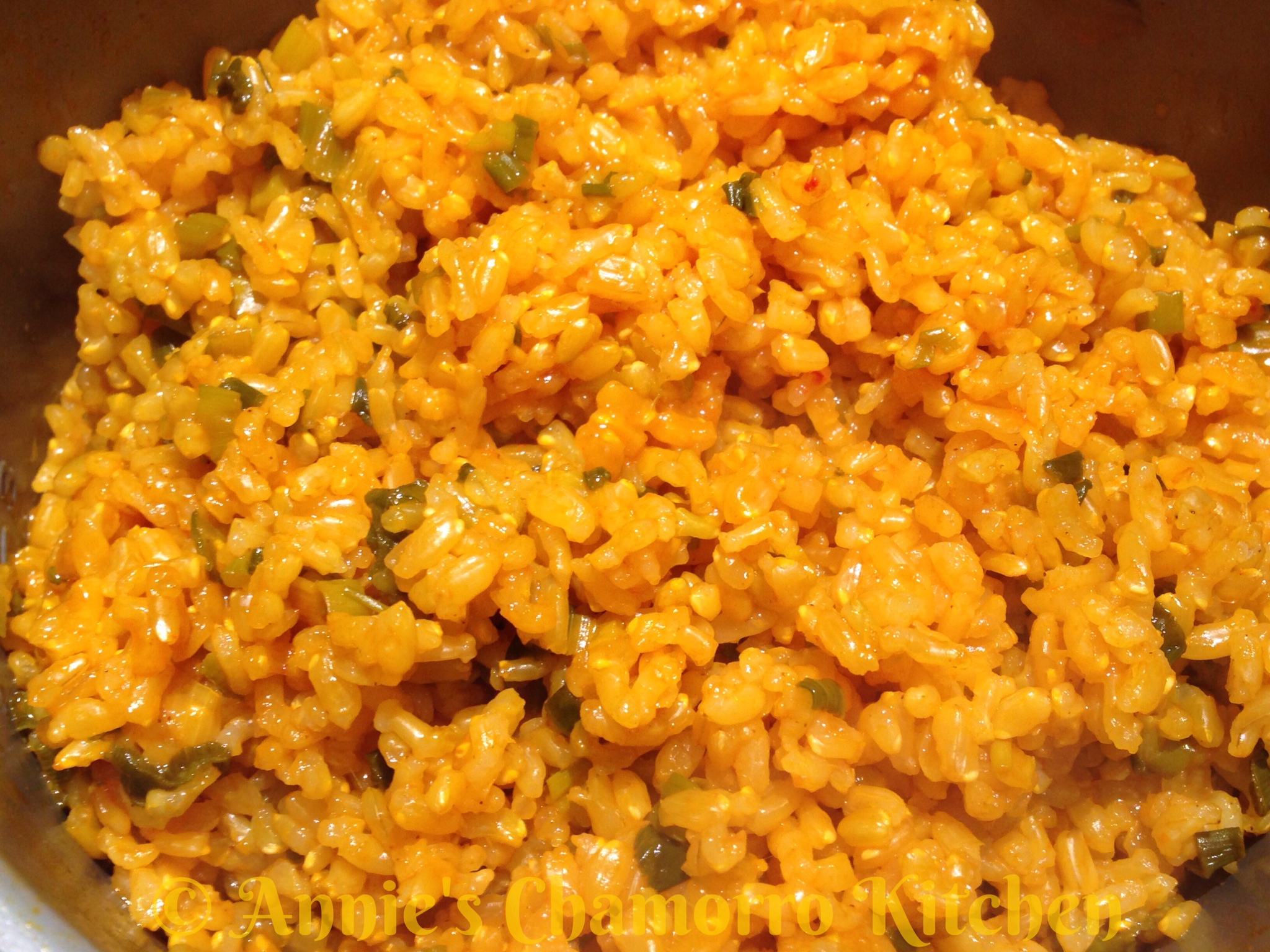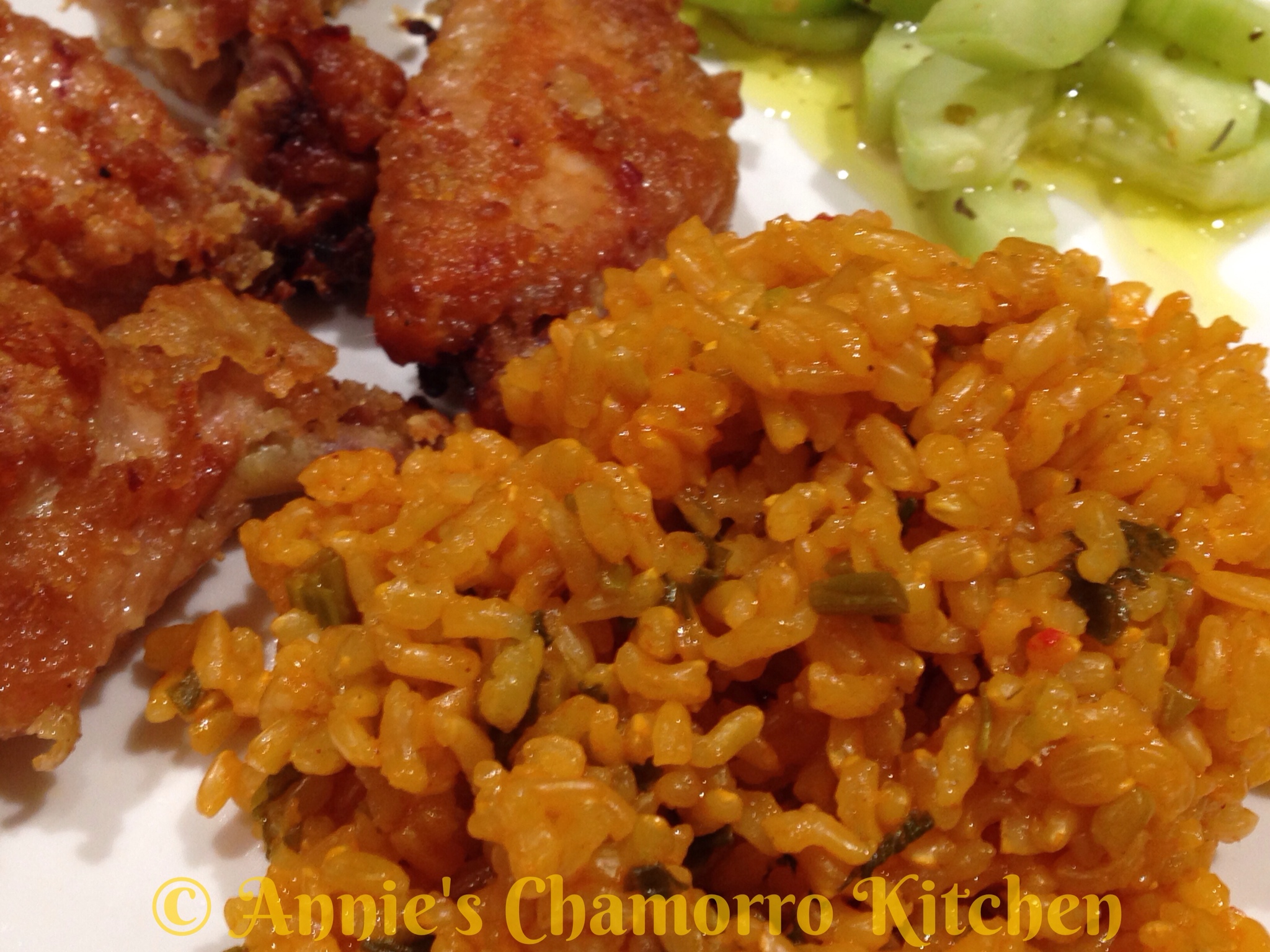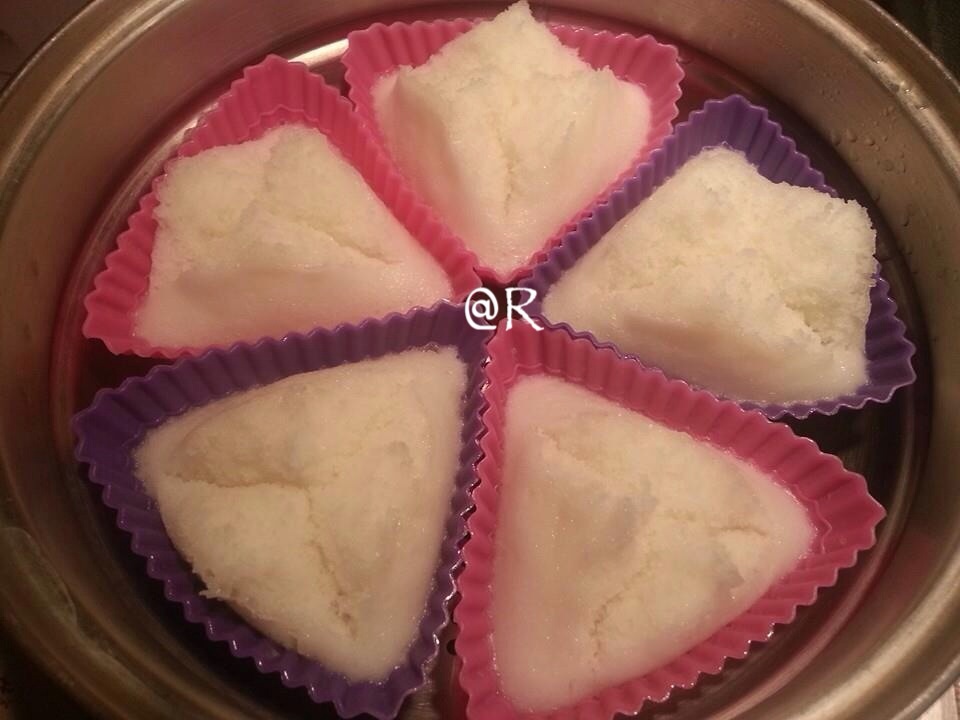
Chamorro rice cakes, or Potu, are rice cakes that are made by soaking grains of rice in tuba, or a sweet fermented coconut sap. The soaked rice is then ground and sweetened then steamed into a light and fluffy cake.
Living in the mainland U.S., I’ve had to learn to make substitutions for those ingredients not commonly found or sold here. A key ingredient for potu as I mentioned above is tuba. Since coconut trees don’t grow where I live, I’ve had to figure out a substitute for this potent potable.
I use a combination of palm or coconut vinegar and coconut water when I make my potu. I also use non-glutinous rice flour for ease in preparation. I’ll post my easy-peasy shortcut potu recipe soon, but until then, this post features my good friend, Rose Camacho’s recipe.
Rose doesn’t use rice flour when she makes her potu. Instead, she soaks grains of jasmine rice then grinds it. She also uses palm vinegar in her recipe.
Rose’s recipe is “tried and true” and loved by many.
Her original post is below. Give it a try. I know you’ll like it. 🙂
Rose’s original post and recipe for Chamorro Potu (Sweet Rice Cake):
Hmmm? How does one describe these pure white puff pillows of steamed ground rice? Light, soft, sweet, and sticky! Growing up, this has been many a childhood’s favorite. Although the ingredients are simple, this recipe is pretty prized amongst the native Chamorro women and no one would share theirs. It was a guarded secret recipe, and some have literally taken it to their grave!!
In my quest to find a GOOD recipe, because it is one of my husband’s favorite desserts, I’ve tweaked and wasted, and tweaked and wasted countless ingredients trying to perfect this recipe. I remember my sister-in-law, Mona and I, and mind you, she’s an EXCELLENT cook, I remember us mixing, beating, steaming and without any close results, have failed trying to perfect it. I gave up! I just prayed that a passer by relative who’s flying in, stops and delivers some of these cakes, made all the way from the islands, to us. I’d freeze them, steam them as we needed, and then one day our stash of sweet rice potu was G-O-N-E, gone!
With this recipe, I believe I’ve come close to, as close to can get, especially since one of the “main” ingredients is TUBA, which is not available in my area. Because I have no access to this sweet “drink”, I’ve had to improvise and use store bought jarred “Coconut vinegar OR Palm vinegar”. Their flavor “ALMOST” mimics the taste of sweet Tuba, but of course, if you can get sweet Tuba, please use it. This is how “I” make Chamorro Potu. Please Please, pass on your comments and POSITIVE critiques, I would love to hear from you. Until then, HAPPY COOKING, BAKING, and STEAMING! 😉

Ingredients:
1 cup Jasmine rice (pictured below)
1 cup water
3 to 4 tablespoons Palm Vinegar (pictured below)
1/4 to 1/3 cup Sugar (I prefer less sweet)
2 teaspoons baking powder
Directions:
Because the rice kernels HAVE TO soak, you need to start the night before you’re planning on serving it. The brand of rice I use is pictured below. If you decide to use another brand or type of rice, I will not be held responsible if you fail with this recipe. I’ve only used this brand whenever I make my recipe. The palm vinegar I used is also pictured below. I’m sure other brands can be used. I’ve also tried using coconut vinegar and it works fine.


Measure out 1 cup of the dry rice. Wash the rice in water until the water runs clear! Drain well. Place into a container, add the 1 cup of water and cover. Set this aside and allow to soak for a minimum of 8 hours but preferably overnight.


When you’re ready to prepare the recipe, start heating up the water in your steamer. In the container that your rice is in, there may still be some water left from the soaking. DO NOT drain this water. Place the rice into a heavy duty blender container (I use my Vitamix Professional 750) for this process since it’s pretty heavy duty. Add the sugar and palm vinegar to the rice and water. NOTE: If you do not have a heavy duty mixer, you may have to do this step in smaller increments. Just process the rice in batches, rather than one whole time. Although, I’ve never done it this way, if you have a heavy duty food processor, such as a KitchenAid, I’m sure you could also use that. The key is to grind the rice FINE!


Process this in your blender, until the rice kernels are finely ground. Shut the blender off and add the baking powder. Now process again for a minute or 2 being careful that the mixture doesn’t heat up.


While the mixture is still processing, line up your silicon cups in the steamer basket. For easier handling, pour the batter into a smaller container and pour 3/4 of the way into each baking cup. This mixture makes about 12 potu cakes OR more if you use smaller silicon cups.

Place the steamer basket into the steamer pot, which should already be producing heavy steam. Place a CLEAN kitchen towel over the top of the steamer basket to catch any condensation that will occur during the steaming process. Place the lid onto the pot. The lid will also hold the towel taught so that it doesn’t fall onto the potu. Steam this for a minimum of 20 minutes and up to 30 minutes, depending on the heat that’s produced.

After about 20 minutes, CAREFULLY lift the lid and towel away, to see how the process is going. I get excited when I see that little “crack” in the center of my potu. It tells me it’s gonna be PERFECT! When done, the potu should spring back a bit, with a slight stickiness to the tops.

Remove from the steamer pot and allow them to cool before removing them from the basket. Set them aside to cool completely before removing them from the silicon cups.
SERVE! Place the leftovers in a plastic bag to keep them fresh.

Thank you, Rose Camacho (aka Chamorita Momma) for allowing me to repost and share your Tried and True Potu recipe!
